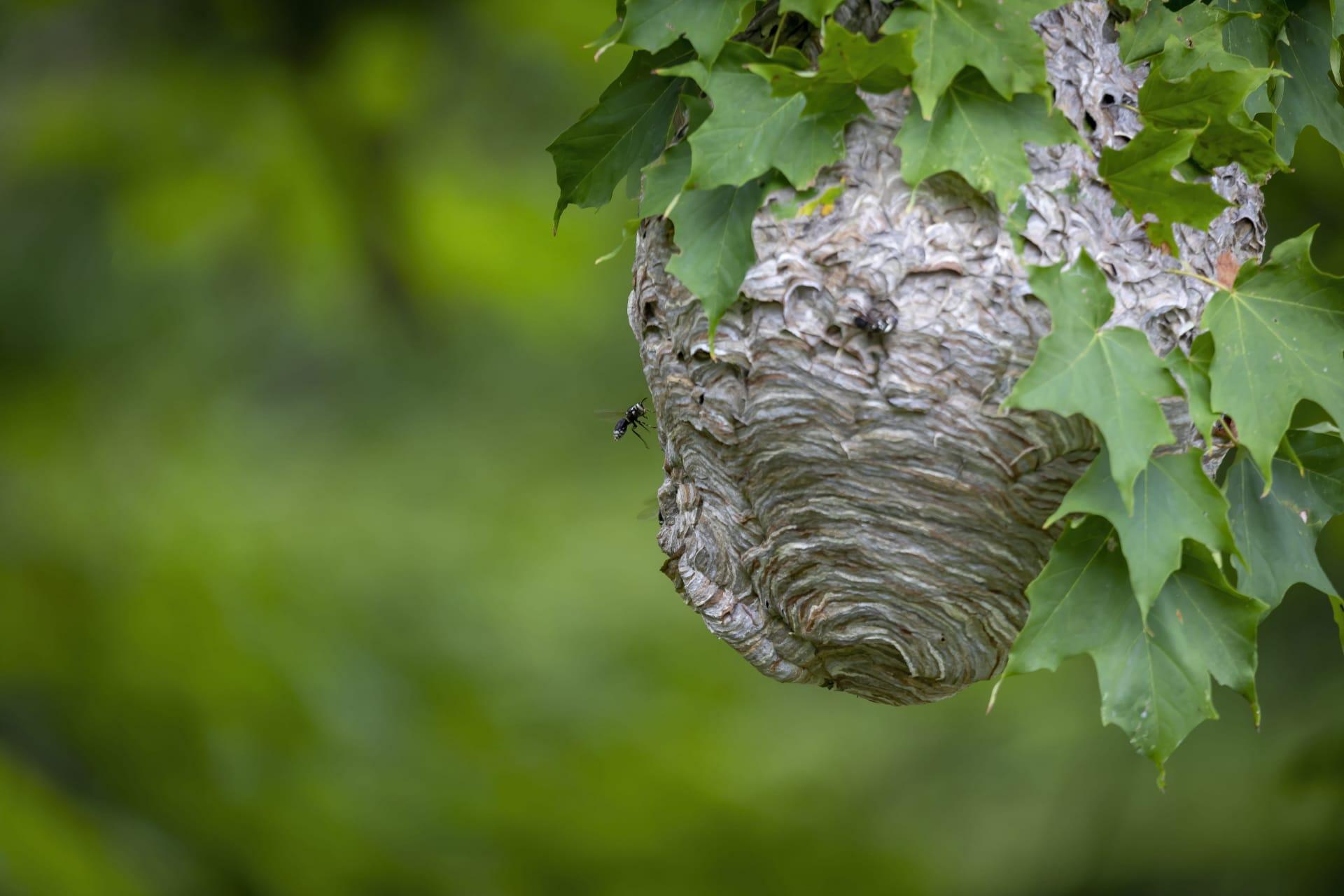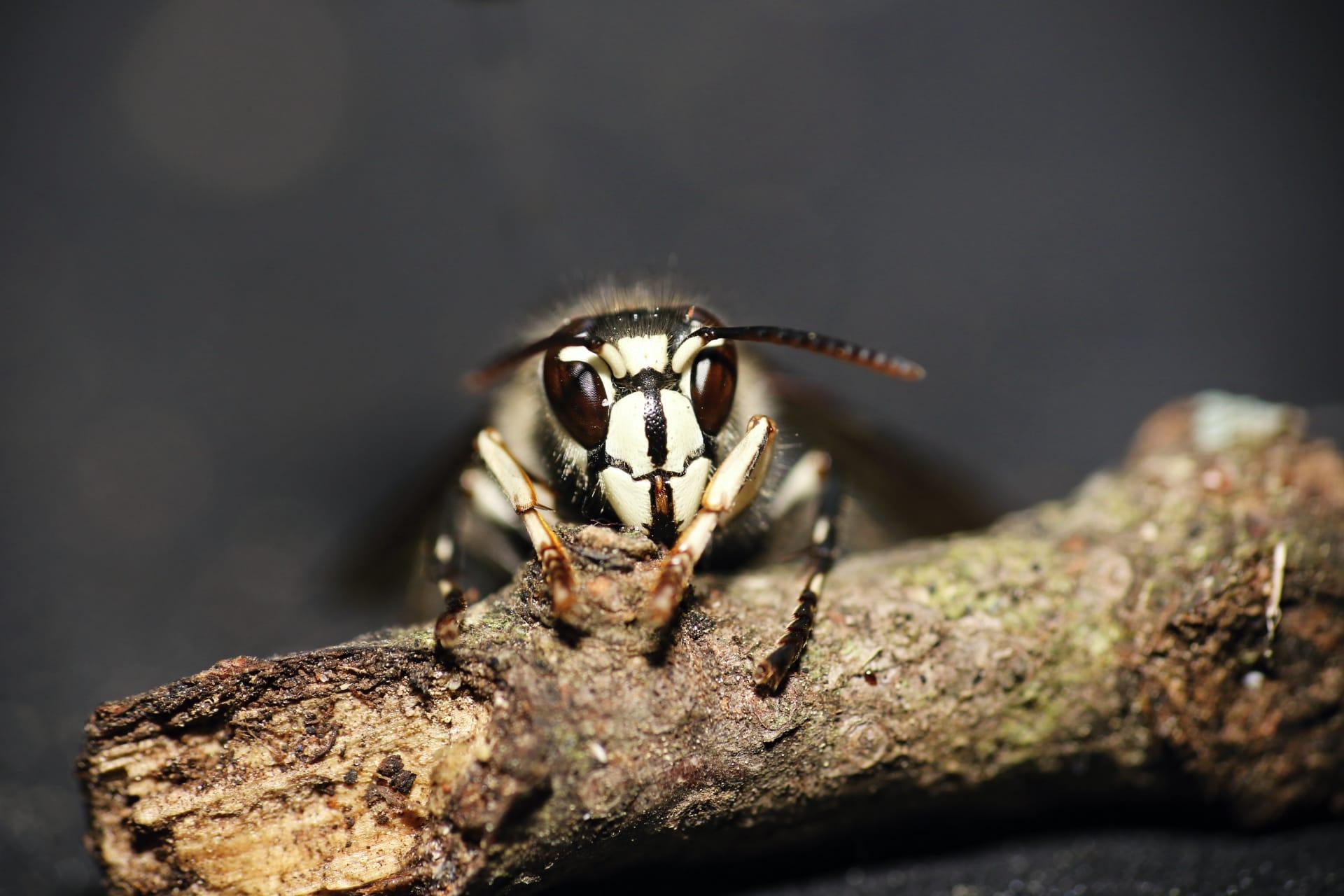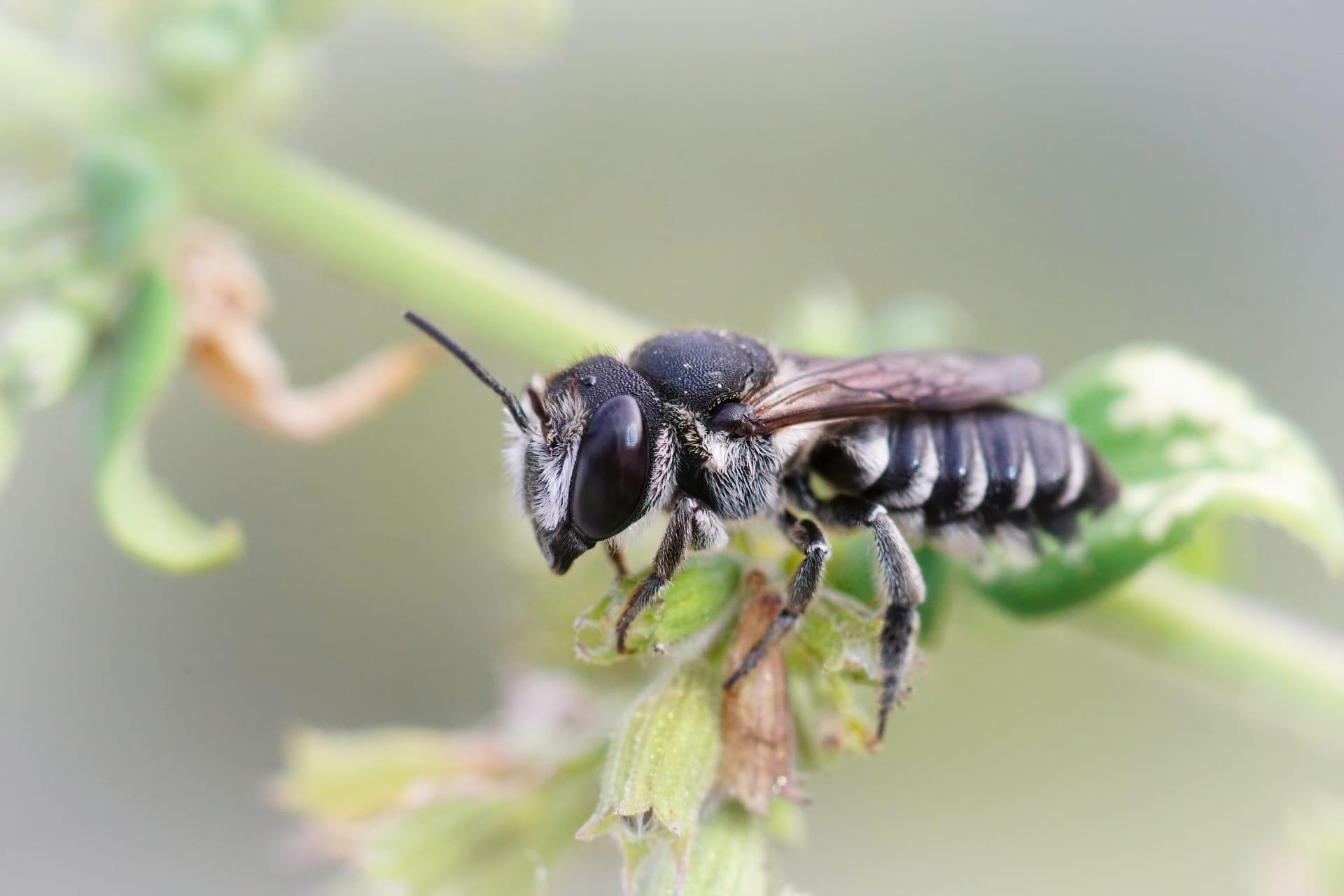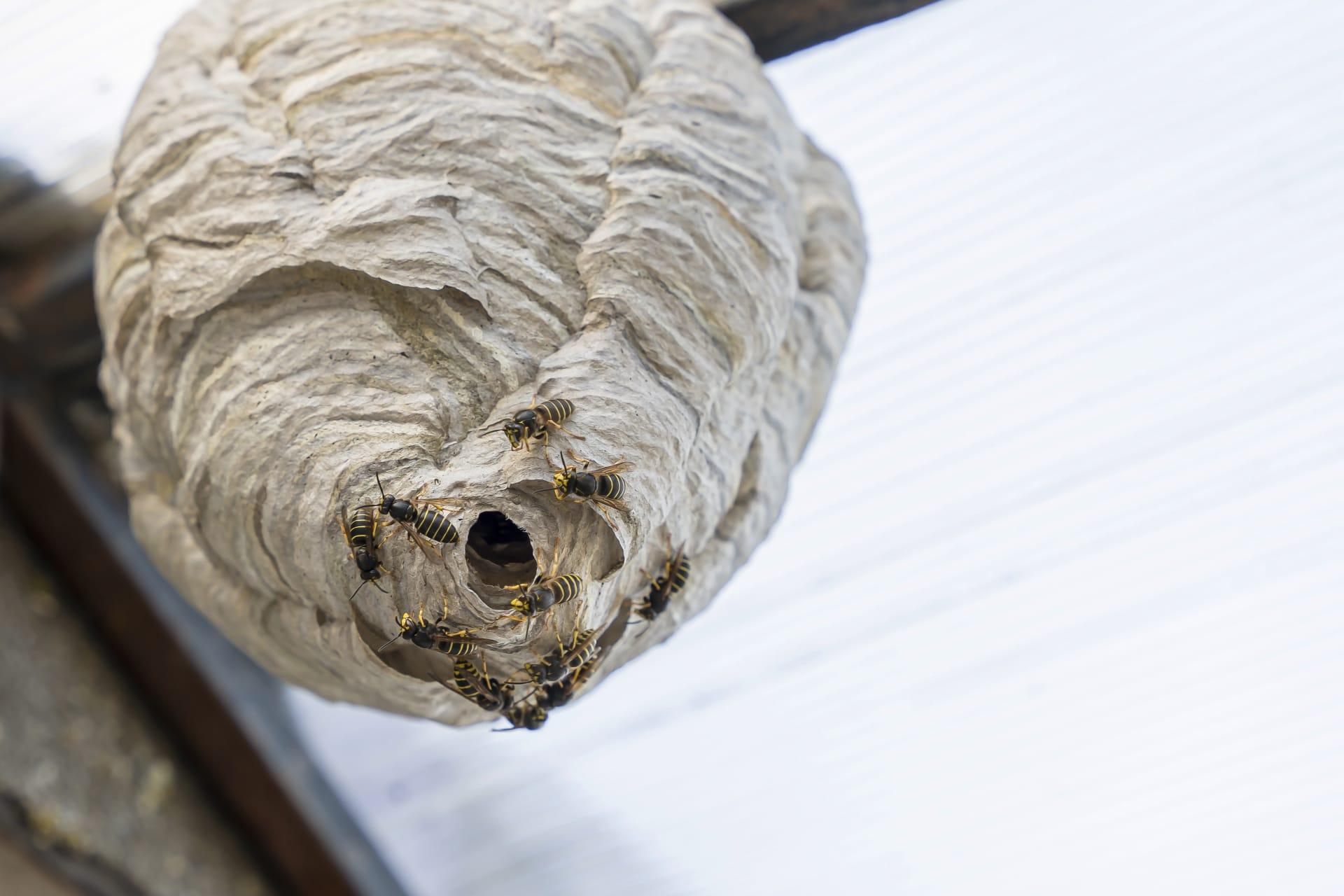Bald Faced Hornet Characteristics
- Home /
- Mini Encyclopedia /
- Animal /
- Bald Faced Hornet Characteristics
1
Bald-faced hornets, known scientifically as Dolichovespula maculata, are not true hornets but rather a type of North American yellowjacket. They boast a distinctive appearance with a predominantly black body and white patterns on their face, which is where their name originates. Adult bald-faced hornets typically measure around 0.75 inches (about 1.9 cm) in length. Their lifespan varies depending on their role in the colony. Workers live about two to four weeks, while queens can survive up to one year, a lifespan that is notably longer than that of many other wasp species.
The most remarkable organ of the bald-faced hornet is their stinger. Unlike bees, these hornets can use their stinger repeatedly without dying. This is due to the stinger's smooth surface, allowing them to withdraw it easily from their target. The stinger is connected to venom glands that produce a potent toxin, which they use both for defense and to paralyze prey. This venom is what causes the pain and irritation in human sting victims. Their ability to sting repeatedly makes them particularly formidable in defending their nests or attacking prey.

2
Question: Are bald-faced hornets aggressive?
Answer: Bald-faced hornets are often perceived as aggressive due to their protective nature towards their nest. However, they typically do not attack humans unless they feel threatened or their nest is disturbed. Unlike some other stinging insects, bald-faced hornets do not have an interest in human food and are less likely to be encountered during outdoor activities like picnics. When they do attack, they can be quite relentless, capable of stinging repeatedly and chasing perceived threats over long distances. It's advisable to steer clear of their nests, which are often found hanging in trees or bushes, to avoid any unwanted encounters.

3
Bald-faced hornets are known for their agile and swift flight. They can reach impressive speeds when flying, especially when responding to threats to their nest or while hunting. Their flight patterns are often described as erratic and quick, making it difficult for predators to catch them. This agility also aids in capturing prey, which they do mid-air, and in building their nests, which require precise and meticulous work.
As for their diet, bald-faced hornets are omnivorous. They feed primarily on insects, including flies, caterpillars, and spiders, which they use to feed their larvae. The adults, however, primarily consume nectar, sap, and fruit juices. This diet shift is interesting as it shows a division of diet based on the developmental stage of the hornet. The protein-rich diet for the larvae helps in their growth, while the carbohydrate-rich diet for the adults provides them with the energy needed for their high level of activity.

4
Bald-faced hornets are adaptable insects and can be found in a variety of environments, though they show a preference for areas with abundant trees and shrubs. They are commonly found throughout North America, particularly in forested areas, suburban gardens, and even in urban settings. Their nests, which are large and papery, are often built in high places like trees, under eaves, or along the sides of buildings. These nests are constructed from chewed wood fibers mixed with their saliva, creating a sturdy and weather-resistant home.
In terms of reproduction, bald-faced hornets exhibit a fascinating cycle. In spring, a fertilized queen emerges from hibernation and starts building a new nest. She lays the first batch of eggs, which develop into worker hornets. These workers then take over nest building and food gathering, allowing the queen to focus on laying more eggs. By late summer, the colony reaches its peak size. The queen then produces males and new queens, which leave the nest to mate. The males die soon after mating, and the fertilized queens find a place to hibernate through the winter, repeating the cycle the next year.

5
Book: "The World of Wasps" by James L. Castner. This book, published in the United States in the 1990s, offers an in-depth look into the lives of wasps, including bald-faced hornets. Castner, an entomologist, provides detailed descriptions of the behavior, biology, and ecology of various wasp species. The book is filled with vivid photographs and illustrations, making it accessible and engaging for both academic and casual readers interested in learning more about these often-misunderstood insects.
Book: "Insects of North America" by Doris G. Smith, published in Canada in the early 2000s. While covering a broad range of insects, this book contains a section dedicated to bald-faced hornets. Smith, a renowned biologist, delves into the specifics of their life cycle, habitat, and interaction with other species. The book is praised for its easy-to-understand language and practical information, making it a valuable resource for both students and nature enthusiasts.